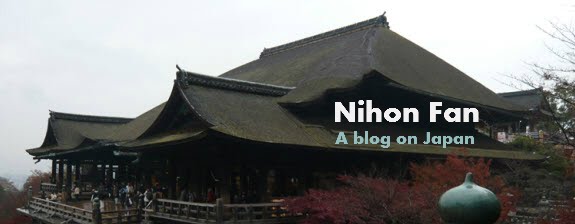The temple held an enclosure referred to as Shoso-in within its compound. The original Shoso-in of Todai-ji placed on this site formed part of a complex of repositories. Of all those repositories, only this one called Shoso has survived with thousands of treasures.
The treasures consist of the Emperor Shomu's properties and Buddhist altar fittings and fixtures used for all the rites at the temple. Although this Shosu has been handed over its task of safekeeping to the new buildings, it played an important role in keeping them in superb condition.
Built of hinoki (Japanese Cypress), the Shoso consists of three sections supported on tall pillars measuring 2.7 meters high above the ground. Each of the sections has its own doorway facing east. The middle one is walled with thick boards in between the other two, namely the north and south sections, both of which are built with huge timbers of triangular cross-section in the azekura-zukuri style. The building measures 33 meters wide, 9.4 meters deep and 14 meters high. It is one of the best examples of buildings in the Nara period.





Treasures of the Shoso Repository
